I started using R recently, and have been confused with ggplot which my class is using. I'm used to the + operator just adding two outputs, but I see that in ggplot you can things such as:
ggplot(data = bechdel, aes(x = domgross_2013)) +
geom_histogram(bins = 10, color="purple", fill="white") +
labs(title = "Domestic Growth of Movies", x = " Domestic Growth")
Here we are adding two function calls together. What exactly is happening here? Is ggplot "overriding" the + operator (maybe like how you can override the == operator in dart?) in order to do something different? Or is it that the '+' operator means something different in R than I am used to with other programming languages?
